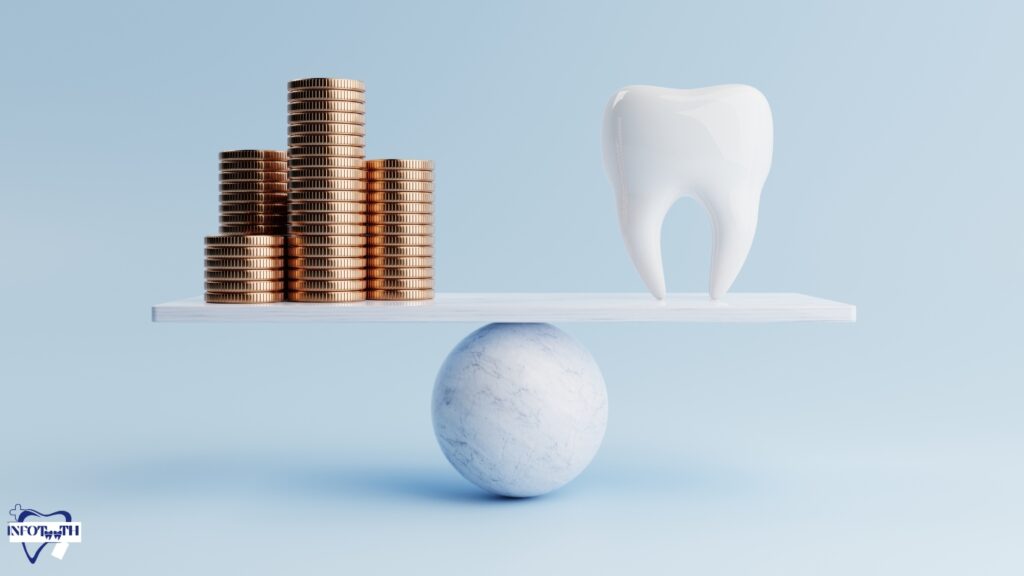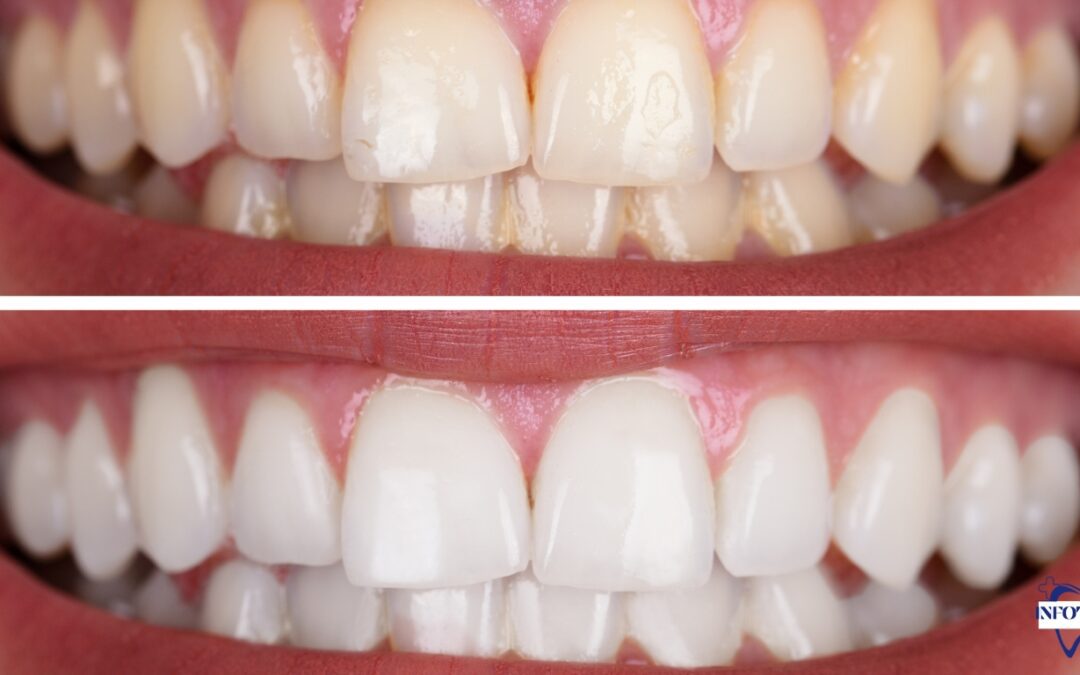Teeth recontouring, a cosmetic dental procedure gaining popularity, involves subtle reshaping of the tooth enamel to enhance aesthetics and correct minor imperfections. This non-invasive technique addresses issues like uneven teeth, minor chips, or irregular shapes, offering patients a quick and effective way to achieve a more harmonious smile. With advancements in dental technology, teeth recontouring has become a precise and painless solution.
Table of Contents
Providing individuals with newfound confidence in their smiles without the need for extensive interventions.
What are basic Types of teeth recontouring?
Teeth contouring, also known as dental reshaping or tooth reshaping, is a cosmetic dentistry procedure aimed at improving the appearance of teeth by altering their shape, length, or surface. This technique is commonly employed to address minor imperfections and enhance the overall aesthetic harmony of the smile. Several types of teeth re-contouring procedures cater to specific dental concerns:
Enameloplasty:
This is a common form of teeth recontouring that involves the removal of a small amount of enamel from the tooth surface. Enameloplasty is often used to smooth out rough edges, correct minor overlaps, or adjust the length of uneven teeth.
Crown Lengthening:
This procedure involves removing excess gum tissue to expose more of the tooth’s surface. Crown lengthening is beneficial for individuals with a “gummy smile” or those who have short teeth, providing a more balanced and proportional appearance.

Incisal Recontouring:
Focused on reshaping the biting edges of the front teeth, incisal recontouring is employed to correct chipped or misshapen incisors and canines, resulting in a more aesthetically pleasing smile.
Contouring for Tooth Reshaping:
This broader category encompasses various techniques to alter the shape and surface of teeth. It may involve smoothing rough areas, rounding off pointy tips, or adjusting the overall contour to achieve a harmonious smile.
Teeth recontouring is a minimally invasive and quick procedure, often completed in a single visit, making it an attractive option for those seeking cosmetic improvements without extensive dental work.
What is view of most attractive teeth shape physically?
The allure of an attractive smile often hinges on the harmonious interplay of teeth, and their shape plays a pivotal role in defining the overall aesthetic. Teeth re-contouring, a cosmetic dental procedure, aims to enhance the appearance of teeth by reshaping them to achieve an ideal form that complements the individual’s facial features. Among the various tooth shapes, the most attractive often embodies symmetry, proportionality, and gentle curvature.
An oval or slightly rectangular tooth shape tends to be universally appealing. The edges of the front teeth should gently follow the contour of the lower lip when smiling, creating a seamless and natural appearance. A well-proportioned smile typically involves teeth that gradually decrease in size from the central incisors to the lateral incisors and canines, contributing to a balanced and pleasing overall look.
Teeth re-contouring becomes an art form as it delicately sculpts the enamel to achieve these desired shapes. Common issues like uneven lengths, pointy tips, or minor overlaps can be addressed through this procedure, resulting in a more aesthetically pleasing smile. While respecting the individual’s unique facial structure, the goal is to create a smile that radiates confidence and charm.
The most attractive tooth shape, often sought through teeth recontouring, encompasses symmetry, proportion, and a subtle curvature that complements the natural features of the face. This cosmetic procedure offers a personalized approach to enhance smiles, contributing to a confident and captivating overall appearance.
What is the Effect of teeth recontouring on Oral health?
Teeth re-contouring, also known as tooth reshaping or dental contouring, is a cosmetic dental procedure that involves the removal of small amounts of tooth enamel to alter the shape, length, or surface of a tooth. While primarily performed for aesthetic reasons, teeth recontouring can have positive effects on oral health.
One significant benefit of teeth recontouring is improved dental hygiene. Irregular tooth surfaces can trap plaque and bacteria, leading to decay and gum disease. By reshaping and smoothing the teeth, it becomes easier to maintain proper oral hygiene through regular brushing and flossing. This reduction in plaque accumulation contributes to the prevention of cavities and periodontal issues.

Moreover, tooth recontouring can address minor alignment issues, reducing the risk of uneven wear on the teeth. Uneven surfaces can cause improper distribution of biting forces, leading to excessive wear on certain teeth. By reshaping and aligning the teeth, the bite force is more evenly distributed, preventing premature wear and tear in specific areas.
Additionally, teeth recontouring can contribute to improved overall oral comfort. Reshaping can correct minor imperfections, such as rough edges or points, which may cause discomfort or irritation to the soft tissues in the mouth.
Change of tooth contouring before and after
Tooth contouring, also known as teeth recontouring, is a cosmetic dental procedure that aims to reshape and redefine the appearance of teeth. This minimally invasive technique is sought after by individuals looking to enhance the aesthetics of their smiles. The process involves the careful removal of small amounts of tooth enamel to achieve a more balanced and harmonious tooth contour.
Before undergoing tooth contouring, patients may be dissatisfied with the shape, length, or irregularities of their teeth. Common concerns include pointed or uneven edges, minor overlaps, or irregular shapes that contribute to an unappealing smile. Tooth contouring is often recommended for those with minor dental imperfections rather than significant structural issues.
After the procedure, patients experience a noticeable transformation in the appearance of their smiles. The dentist skillfully sculpts the teeth to create a more symmetrical and uniform look, addressing the specific concerns discussed during the initial consultation. The result is a natural-looking, balanced smile that complements the overall facial features.
Teeth recontouring is a swift and painless process, typically completed in a single office visit. With advancements in dental technology, the procedure is precise, ensuring minimal impact on the overall health of the teeth. Patients appreciate the immediate and gratifying before-and-after difference in the aesthetics of their smiles, making tooth contouring a popular choice for those seeking a non-invasive approach to enhance their dental appearance.
What is average teeth recontouring cost?
Tooth recontouring, also known as dental contouring or Enameloplasty, is a cosmetic dental procedure aimed at reshaping and resizing teeth to enhance their appearance. The cost of teeth recontouring can vary based on several factors, including the extent of the reshaping required, the complexity of the case, and the geographical location of the dental practice.
On average, tooth recontouring costs range from $50 to $200 per tooth. Simple cases where minor adjustments are needed may fall on the lower end of the scale, while more intricate procedures involving multiple teeth could incur higher costs. It’s essential to consult with a dentist to determine the specific needs of an individual case and receive an accurate cost estimate.

It’s worth noting that teeth recontouring is considered a cosmetic procedure, and as such, it may not be covered by dental insurance. Patients should inquire about the total cost, any additional fees, and payment plans during their consultation to make informed decisions about their dental care.
Conclusion
In conclusion, teeth recontouring emerges as a versatile cosmetic dentistry procedure, offering individuals a non-invasive solution to enhance the aesthetics of their smiles. This technique, involving the subtle reshaping of enamel, addresses issues like unevenness and minor imperfections. With its minimal discomfort and swift results, teeth recontouring provides a viable option for those seeking an immediate yet subtle transformation. As a cosmetic dentistry avenue, it contributes to promoting dental aesthetics and patient satisfaction, fostering confidence and well-being.
FAQs
Q: What is tooth recontouring, and how does it differ from other dental procedures?
A: Tooth recontouring is a cosmetic dental procedure aimed at reshaping and redefining the contours of teeth. This FAQ will delve into the specifics of the process and highlight the distinctions between teeth recontouring and other common dental procedures.
Q: Who is a suitable candidate for tooth recontouring, and what dental imperfections can it address?
A: This question will explore the eligibility criteria for individuals considering teeth recontouring. It will also provide information on the types of dental imperfections that can be effectively addressed through this cosmetic procedure.
Q: What are the potential benefits and risks associated with tooth recontouring?
A: This FAQ will outline the positive outcomes that patients can expect from tooth recontouring, such as improved aesthetics and enhanced oral hygiene. Additionally, it will address any potential risks or side effects that individuals should be aware of before undergoing the procedure.
Q: How is the tooth recontouring procedure performed, and what is the typical recovery process?
A: Delving into the details of the actual procedure, this question will provide an overview of the steps involved in tooth recontouring. It will also shed light on the expected recovery period and any post-procedural care that may be necessary for optimal results.
Q: Is tooth recontouring a permanent solution, and how does it fit into a comprehensive dental care plan?
A: This FAQ aims to clarify the longevity of tooth recontouring results and whether it provides a permanent solution to dental imperfections. Additionally, it will touch upon how teeth recontouring can complement or integrate into an individual’s overall dental care plan for comprehensive oral health.

